002b Section 1940
North American T-6 Texan - Harvard
Poland
History

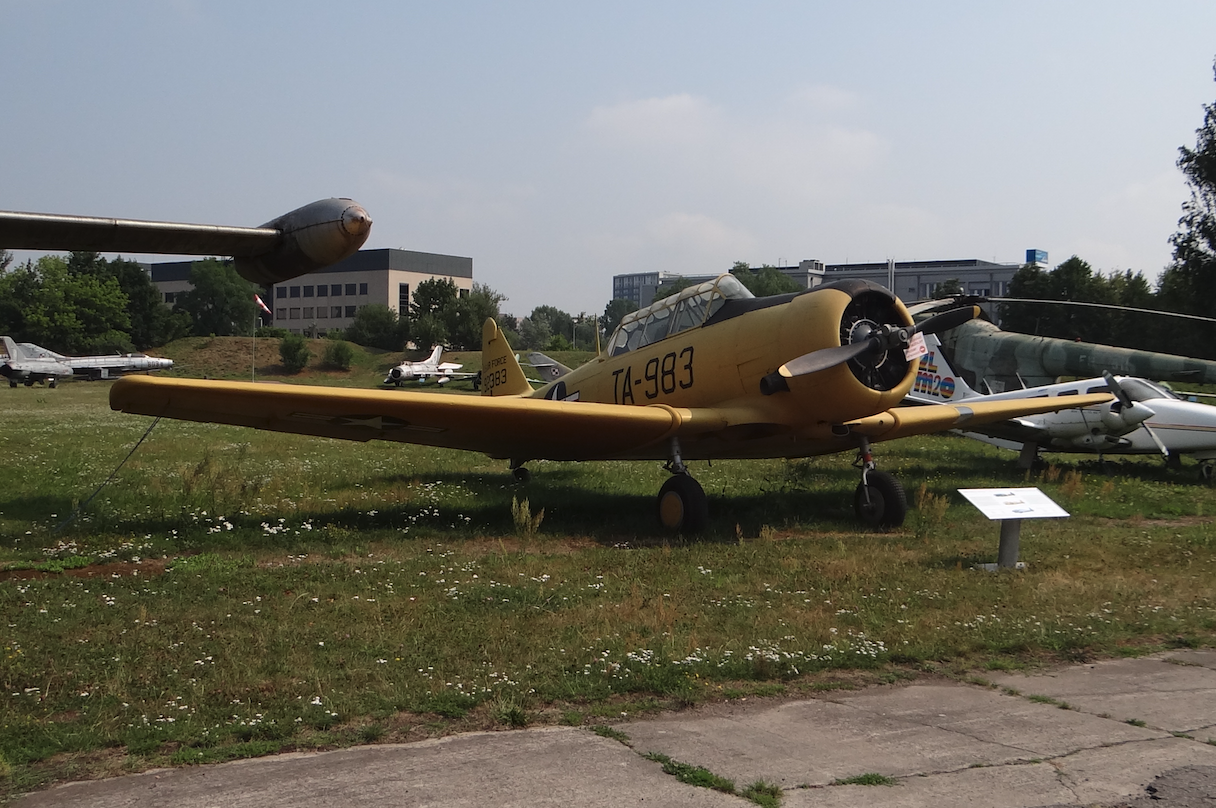
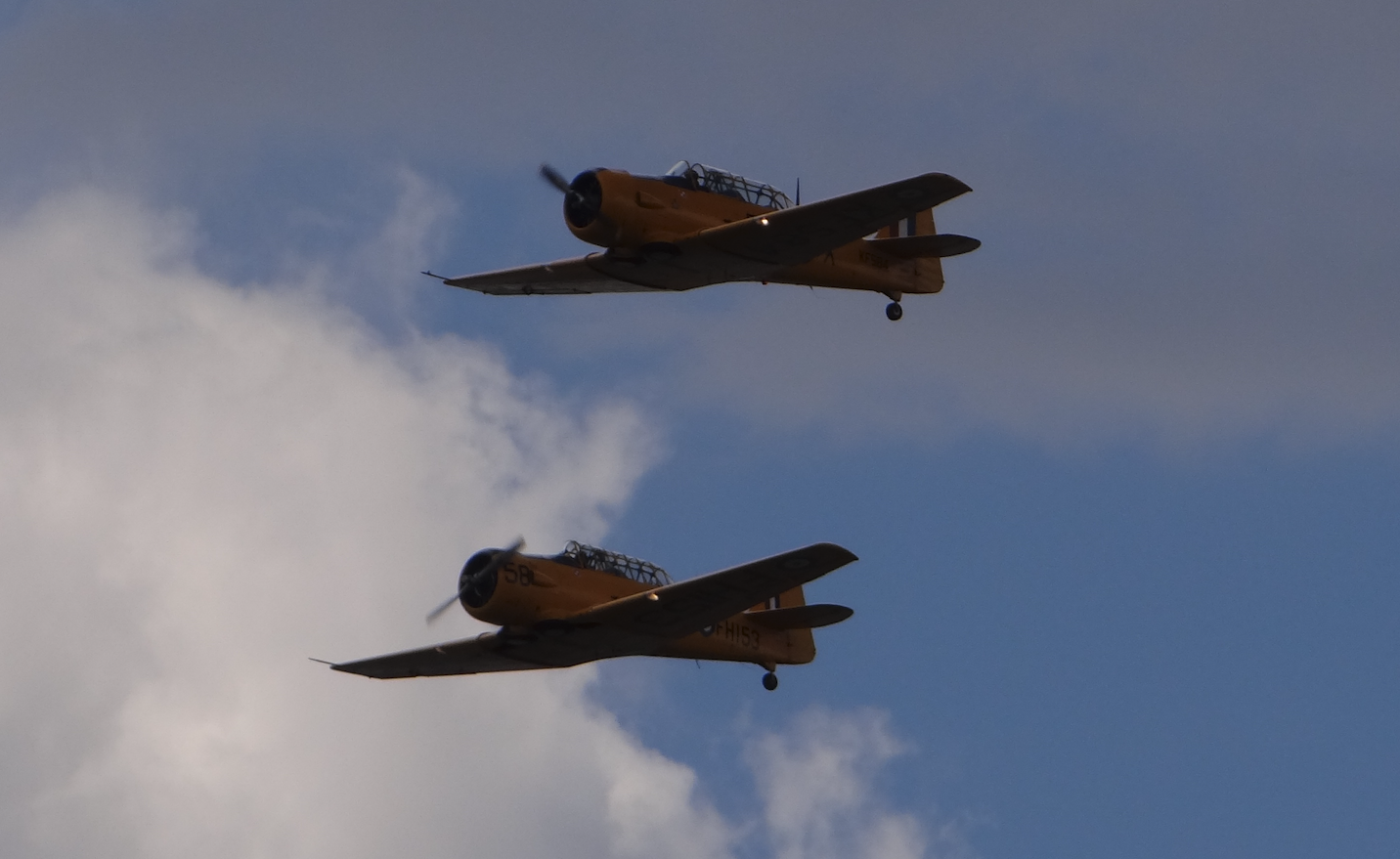
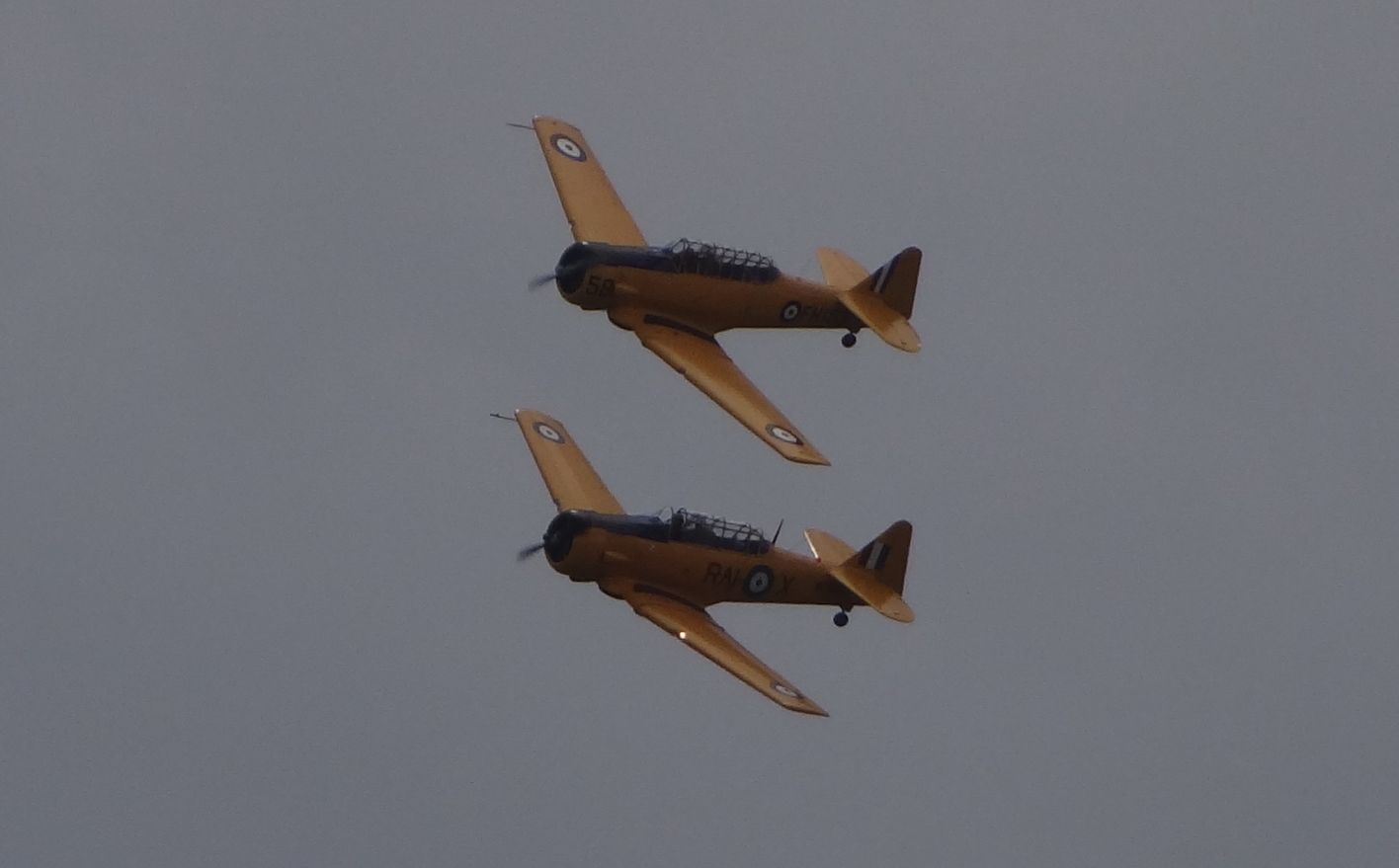
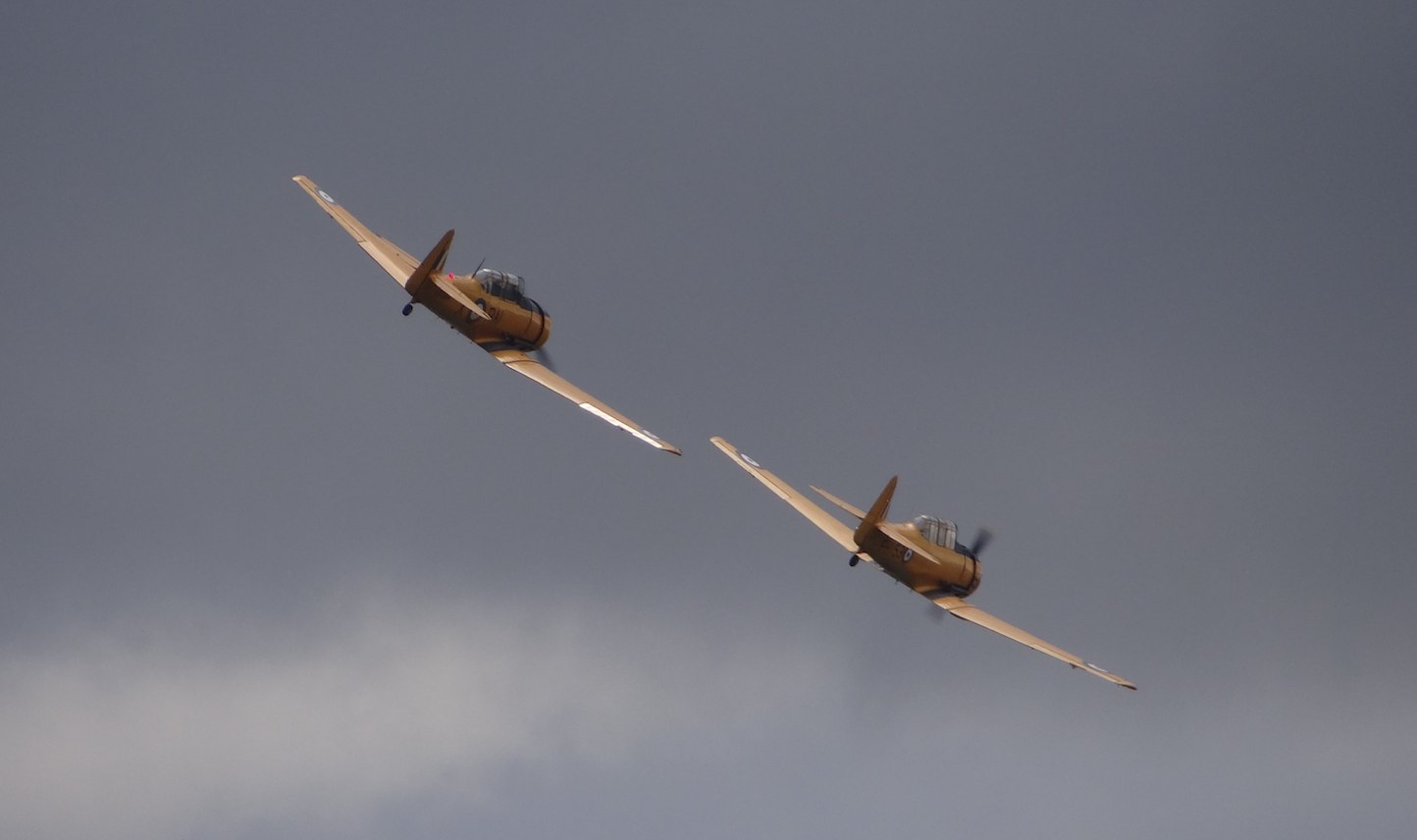
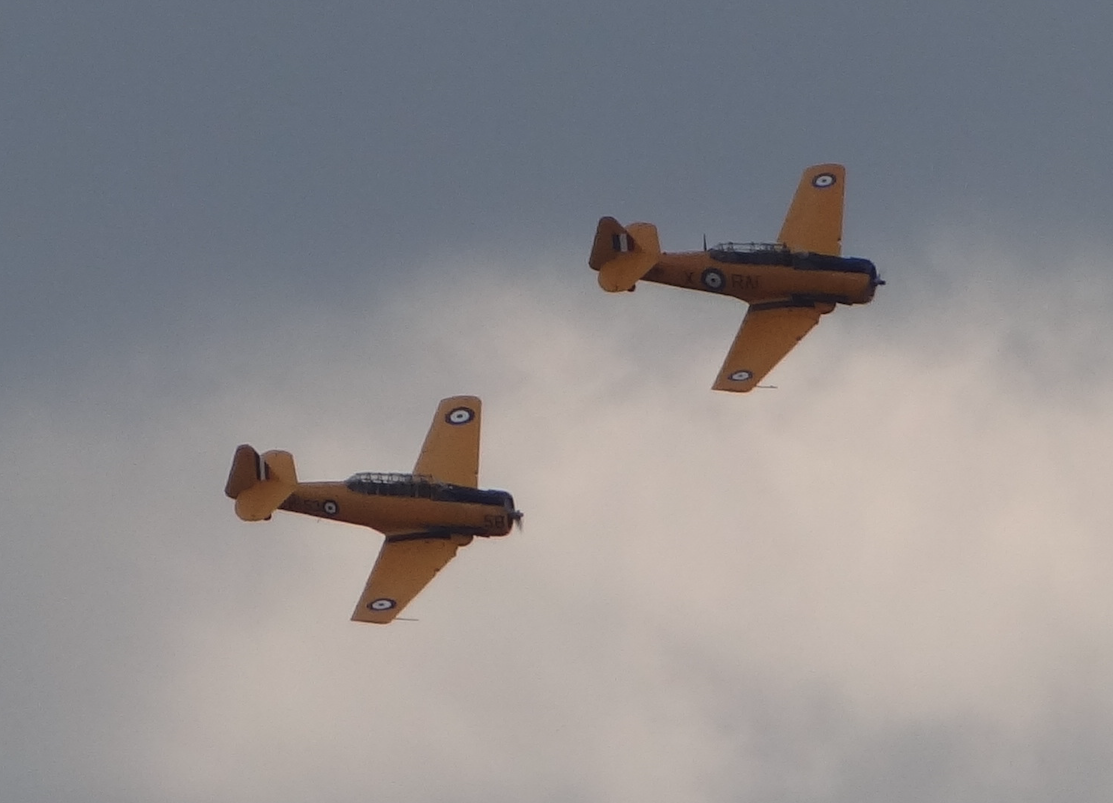
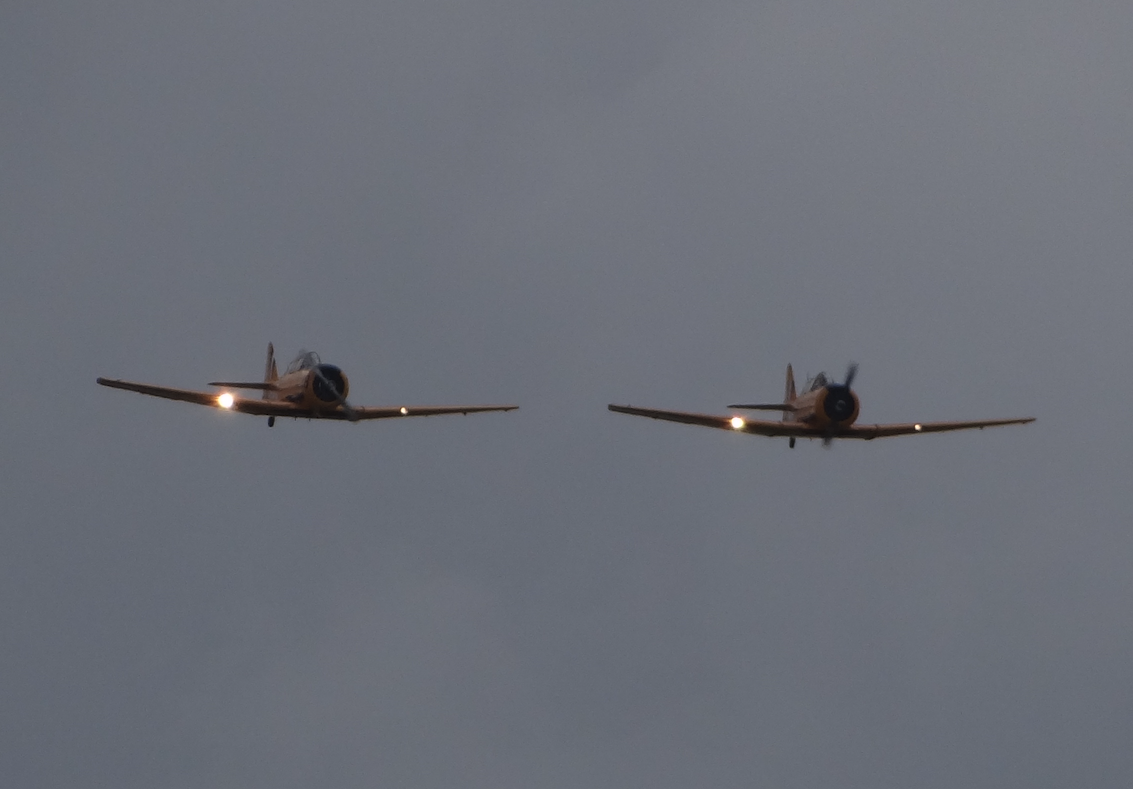
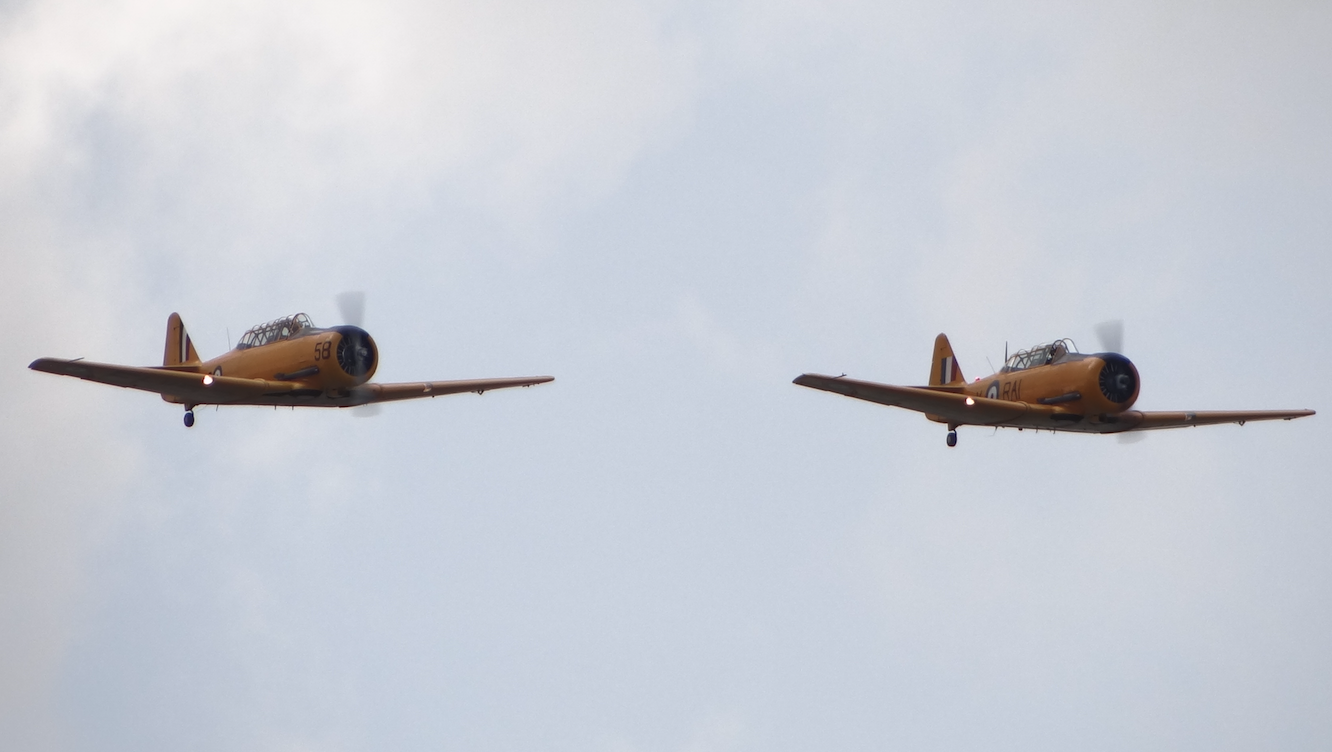
History
North American Aviation T-6 Texan is an American single-engine school aircraft used by pilots of the United States Army Air Force (USAAF), United States Navy (US NAVY), Royal Air Force and other air forces. The aircraft was used from 1937 to the '70s. In some African countries, longer, for example, South Africa until 1995.
The aircraft was designed by North American Aviation, with the designation T-6. However, it is known with different markings, depending on the model and engines used. USAAF used the AT-6 designation, US NAVY used the SNJ designation, and RAF used the name Harvard. That is why the name Harvard is so popular in Europe.
The aircraft remains a popular combat aircraft used during air shows. The aircraft was repeatedly used to simulate various Japanese aircraft, including the Mitsubishi A6M Zero, in films depicting the Second World War in the Pacific.
In total, 15 495 T-6 aircraft of all variants were produced.
Harvard is a development of the North American NA-16 aircraft, which made its first flight on April 1, 1935. In 1937, this aircraft as NA-26 was submitted to the competition for the USAAC "Basic Combat" aircraft. The NA-26 aircraft was selected for serial production and 180 copies were built under the designation BC-1. Then the RAF ordered 400 aircraft under the designation Harvard I. Then there were subsequent versions for different recipients. Various engines and equipment were assembled. There were versions with a fixed chassis and a retractable chassis. Various armaments were used. Radios and a radio were mounted on the aircraft. Most planes also had controls in the second cabin. There were also versions where the rear gunner position was mounted in the second cabin. In subsequent versions, the airframe structure was modified.
In 1937, Japan bought two North American Aviation T-6 Texan aircraft with the intention of using the technology used on the aircraft.
In 1939-1946, in Australia, Commonwealth Aircraft Corporation produced 755 aircraft designated as "Wirraway" under license. They were used during battles against the Japanese army in Bougainville.
Texan aircraft built for RAF have already had so many changes that the machine designation was changed to Harvard II. At that time, the production of aircraft at the British plant in Canada was started on the basis of Lend Lease. On these planes, the British trained past pilots who took part in World War II.
T-6 Texan also ordered a large number of France. But only 119 aircraft were delivered to its capitulation in 1940. The rest of the aircraft was taken over by Great Britain.
After World War II, T-6 Texan aircraft were still being manufactured. They served in the USAF, RAF and Bundeswer. The large supply of used aircraft meant that many poor countries bought these planes to wage local wars. Mainly in Africa and Latin America.
AT-6 Texan aircraft took part in the Arab-Israeli war in 1948 on the Syrian side. In the same war, Israel also used T-6 Texan aircraft against Egypt. Ground targets were mainly attacked.
T-6 Texan aircraft were also used in the Korean War and the Vietnam War.
In 60 years Jan Zumbach flew T-6 Harvard planes. It was during tribal fights in Africa (Katanga). Jan Zumbach - commander of 303 Squadrons, smuggler, mercenary and rebel.
In 1961–1975, Portugal used over a hundred T-6 G aircraft, also in the role against insurgents during the Portuguese colonial war. During this war, almost all Portuguese aviation bases and airports in Angola, Mozambique and Portuguese Guinea had a branch composed of T-6 G aircraft.
Texan T-6 aircraft used the armed forces in Argentina in 1955 during a naval rebellion. A similar revolt broke out in 1963 and T-6 Texan aircraft were reused. The aircraft were used by both sides. Several M4 Sherman tanks were destroyed using these planes.
Texan T-6 aircraft used the Spanish armed forces in 1957-1958 against the insurgents in Catalonia.
In 1971 another Indian-Pakistani war broke out. The Pakistani side used T-6 G aircraft.
Harvard planes were used by the Polish Air Force in the West during World War II and shortly after its end. Polish airmen with North American T-6 aircraft (variant NAA 57) came into contact in France at the beginning of 1940. They were; training center in Salon and schools in Avord and Etampes. The next contacts of Polish pilots with Texan / Harvard planes were already in England. On these aircraft, Polish pilots were trained, in various training centers, until 1946, when the Polish school in Newton was liquidated. In the second half of the 40 years, several pilots of Polish descent trained on T-6 Texan aircraft serving in foreign armies.
Users: Argentina, Austria, Belgium, Biafra, Bolivia, Brazil, Colombia, Canada, Taiwan, Chile, Congo, Cuba, Denmark, Dominican Republic, Salvador, France, Gabon, Germany, Grace, Haiti, Hong Kong, Honduras, India, Indonesia , Iran, Israel, Italy, Japan, Katanga, Lebanon, South Korea, Laos, Mexico, Morocco, Netherlands, Mozambique, New Zealand, Norway, Nicaragua, Pakistan, Paraguay, Philippines, Portugal, South Africa, Rhodesia, South Vietnam, Arabia Saudi Arabia, Spain, CCCP, Sweden, Switzerland, Syria, Thailand, Tunisia, Turkey, UK, USA, Uruguay, Venezuela, Yugoslavia, Zaire.
Harvard planes
Harvard aircraft can be treated as a separate group of North American Aviation T-6 Texan aircraft.
Harvard I is similar to the Texan T-6 BC-1 variety, but without a rear rifle and a 600 HP R-1340-S3H1 engine, 400 aircraft.
Harvard II is similar to the Texan T-6 BC-1A variety. 526 aircraft were built.
Harvard IIA was produced for RAF and Commonwealth. Similar to the AT-6C variety. Many planes had wooden rear airframes.
Harvard IIA was produced for Canada's RCAF.
Harvard II "Armed" - various types were equipped with weapons; machine guns in the wings, catches for bombs and missiles.
Harvard IIB - with more powerful engines.
Harvard IIF - designed for assault tasks.
Harvard III - improved equipment.
Harvard 4, 4 K, 4 KA - modified aircraft.
Beechcraft T-6 Texan II is a training-combat aircraft that has only the same name as North American Aviation T-6 Texan. The Beechcraft T-6 Texan II is powered by a turboprop engine.
Harvard - Texan planes in Poland. Now.
One copy of the North American T-6 G Texan aircraft is in the Polish Aviation Museum in Czyżyny. North American AT-16 Harvard IIB nb FH-153/58 is a private and flying aircraft. North American T-6 Harvard 4M (RAI-X) nb KF-584. The plane is owned by Mr. Jacek Maink. The plane was brought to Poland in 2017. In 2018, the North American T-6 "Harvard" Mk.4 M aircraft, which received the SP-YIX mark, was entered in the Polish aircraft register. It is a historic aircraft from the production of 1953. This is a Canadian variation of the North American T-6 G Texan advanced training aircraft. The plane is flying.
Written by Karol Placha Hetman
002b Section 1940
North American T-6 Texan - Harvard
Poland
Construction
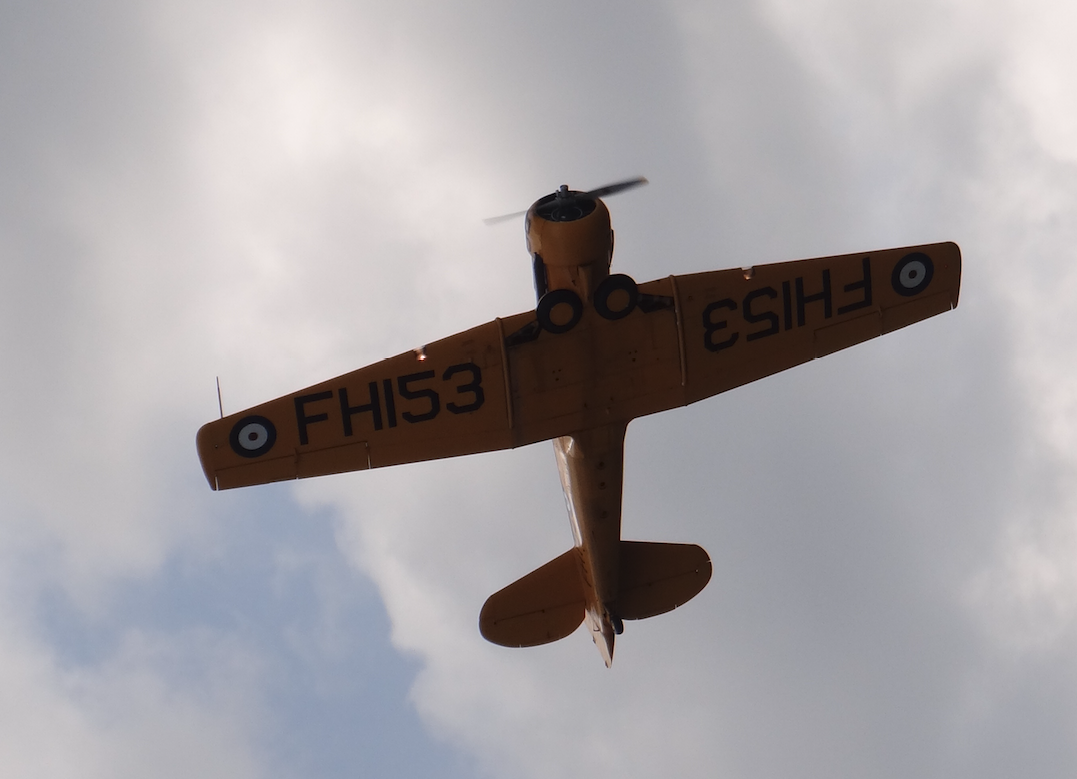
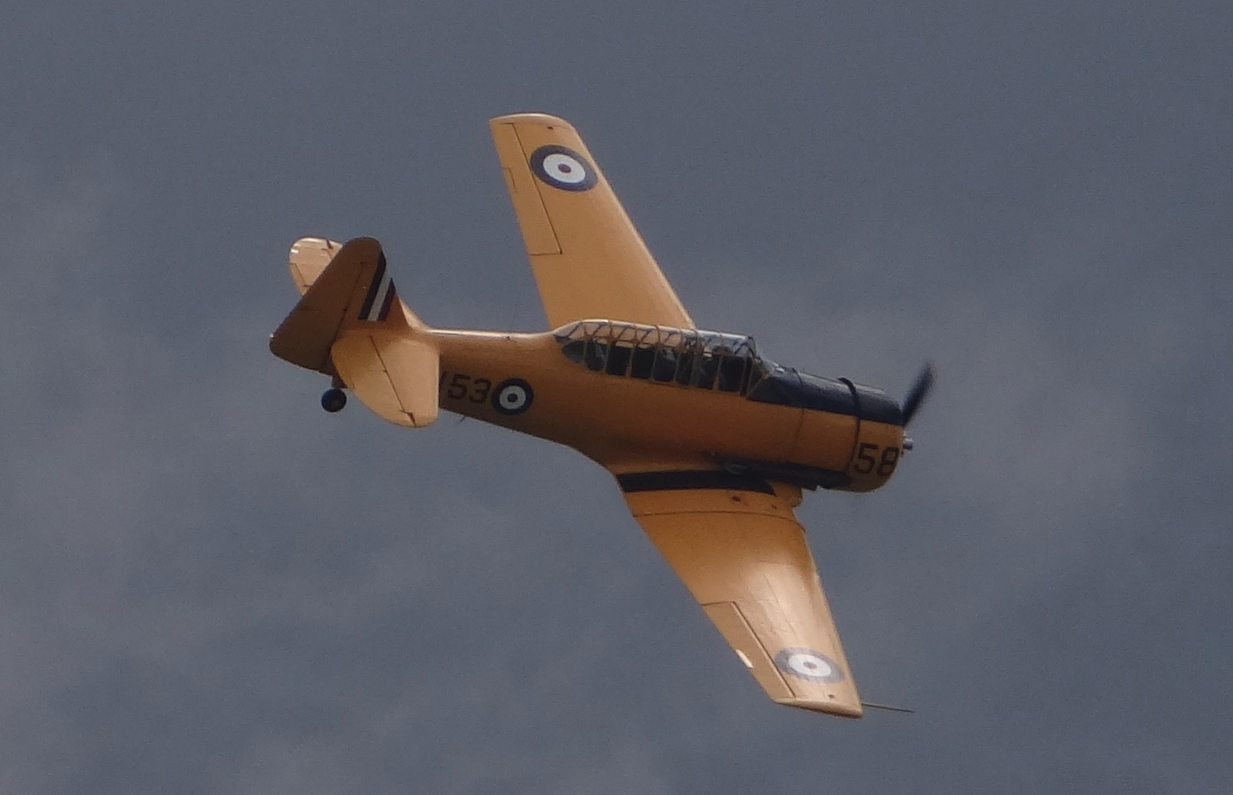
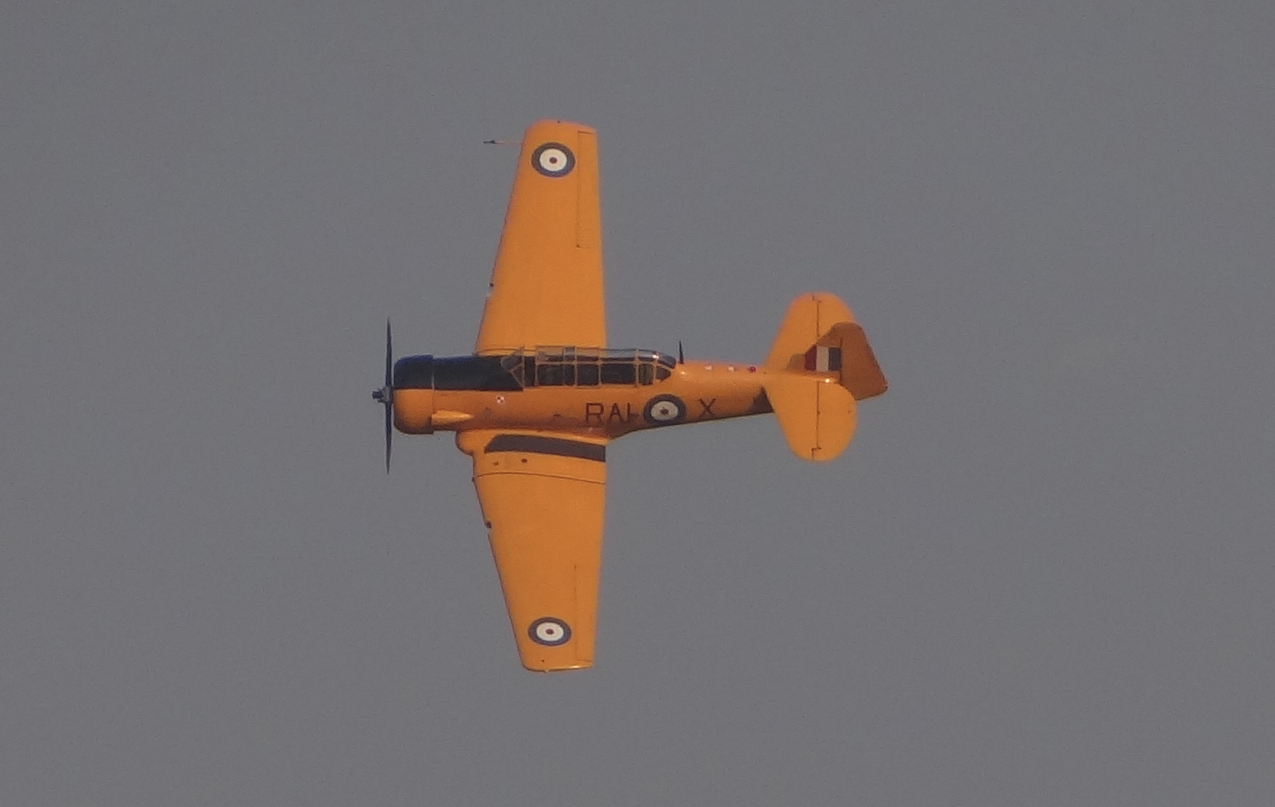
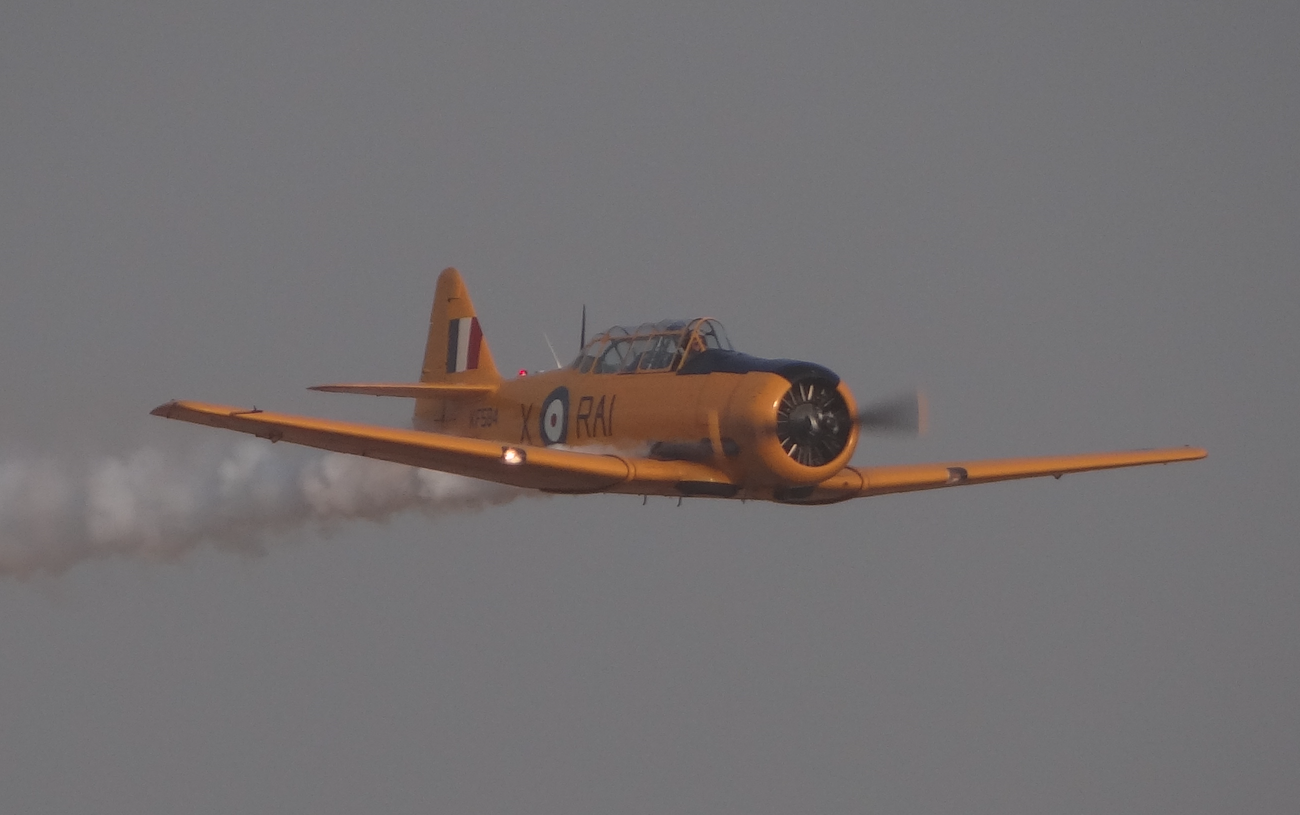
Construction
The aircraft was designed as a modern low-wing aircraft, of mixed construction, with a covered cabin. The all-metal structure was developed later. The aircraft was built in a classic layout.
Wings simple, consisting of a center wing and attached external parts. The wings have a slight positive rise.
A star engine was placed in the front of the aircraft. Various engines were used. The engine is covered with a NACA bonnet. The crew cabin with seats in a tandem arrangement is spacious and allows installation in the rear cabin of a mobile shooting position.
Classic setup divided into rudders and ballasts. Canvas cover.
Chassis with self-adjusting or controlled tail wheel. Main landing gear retractable. Initially it was permanent.
T-T data from the T-6 Texan from World War II:
Length 29 ft (8.84 m)
Span of 42 ft (12.81 m)
Altitude 11 ft 8 in (3.57 m)
Wing area 253.7 ft2 (23.6 m2)
Empty weight 4.158 lb (1 886 kg)
Total weight 5.617 lb (2 548 kg)
Top speed 208 mph at 5,000 ft (335 km / h at 1,500 m)
Cruising speed 145 mph (233 km / h)
Climb speed 1200 ft / min (6.1 m / s)
Range 730 miles (1,175 km)
Operating ceiling 24,200 ft (7,400 m)
Armament machine guns caliber 7.62 mm (0.3 in)
Drive 1 × Pratt & Whitney R-1340-AN-1 Wasp radial motor, 600 HP (450 kW)
The crew of two pilots (student pilot, instructor or pilot and rear gunner, observer, passenger, etc.)
Written by Karol Placha Hetman
002b Section 1940
North American T-6 Texan - Harvard
Poland
Tally
Harvard / Texan planes in Poland today.
One copy of the North American T-6 G Texan aircraft is in the Polish Aviation Museum in Czyżyny.
North American AT-16 Harvard IIB nb FH-153/58 is a private and flying aircraft.
North American T-6 Harvard 4M (RAI-X) nb KF-584 Mr. Jacek Maink. The plane was brought to Poland in 2017. In 2018, the North American T-6 "Harvard" Mk.4 M aircraft, which received the SP-YIX mark, was entered in the Polish aircraft register. It is a historic aircraft from the production of 1953. This is a Canadian variation of the North American T-6 G Texan advanced training aircraft. The plane is flying.
Written by Karol Placha Hetman
